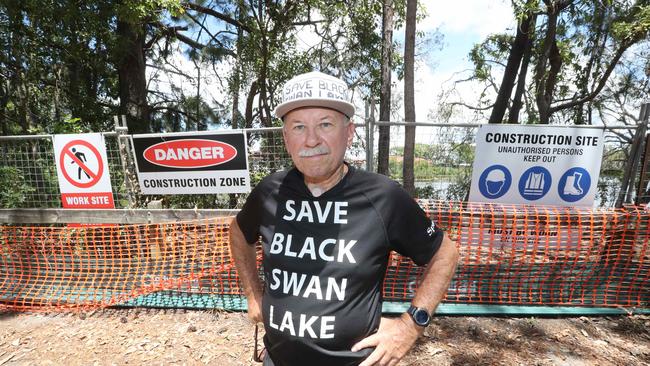Gold Coast Councillors warned lake was not toxic after independent water tests
GOLD Coast City councillors refused to reverse their decision to fill in Black Swan Lake despite threats of legal action and complaints to the corruption watchdog.
Council
Don't miss out on the headlines from Council. Followed categories will be added to My News.
GOLD Coast City councillors refused to reverse their decision to fill in Black Swan Lake despite being told four months ago that it was not a toxic cesspit.
As diggers stand at the ready to fill in the controversial wetland at the Gold Coast Turf Club, the Gold Coast Bulletin can reveal councillors were given an independent report showing the lake was home to significant wildlife habitats and played a role in stopping high-level nutrients from flowing into the Nerang River and canals.
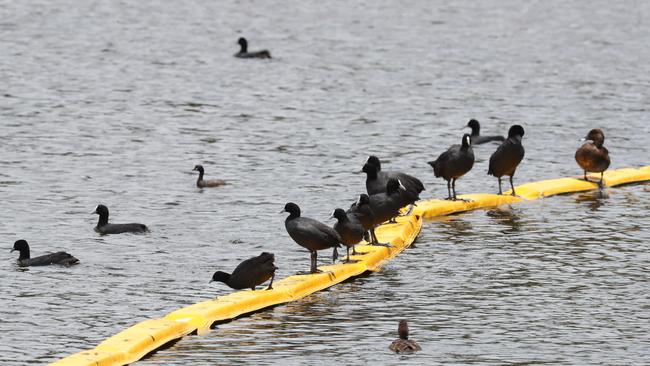
But the findings were ignored as a majority of councillors voted to allow the turf club fill in the lake having read an earlier report by a spotter catcher about dead birds.
Experienced healthy waterways campaigner Wayne Cameron said: “It would be very interesting for council and the community to finally know the truth about what was being done to understand the value of the lake.
“It would be a soul-destroying assault on the community and set back conservation on the Gold Coast 20 years.”
Wildlife Queensland Gold Coast and Hinterland Branch branch president Sally Spain wrote to councillors in October warning there could be a “judicial review, public inquiry or other investigation” if the lake was filled in.
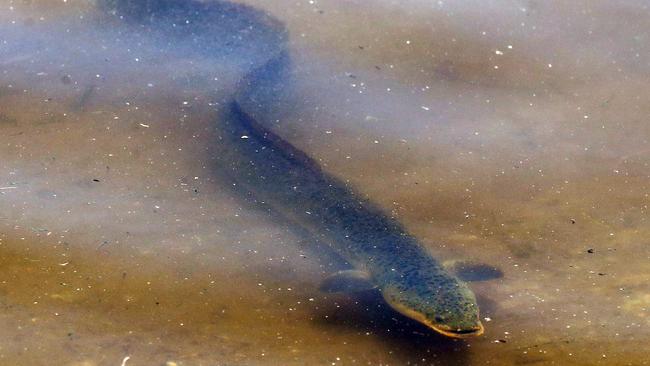
A complaint was filed to the Crime and Corruption Commission last September alleging that nine of the city’s 15 elected representatives had failed in their Register of Interests to declare honorary membership of the turf club.
In the lead up to councillors voting to allow the turf club fill in the “borrow pit”, a report by a wildlife spotter-catcher for the club suggested a potential toxin had killed ducks and the lake was a “death trap” for wildlife.
Ms Spain said the spotter-catcher had provided no water-testing evidence and a councillor had repeated the “toxic to wildlife” claim before the vote.
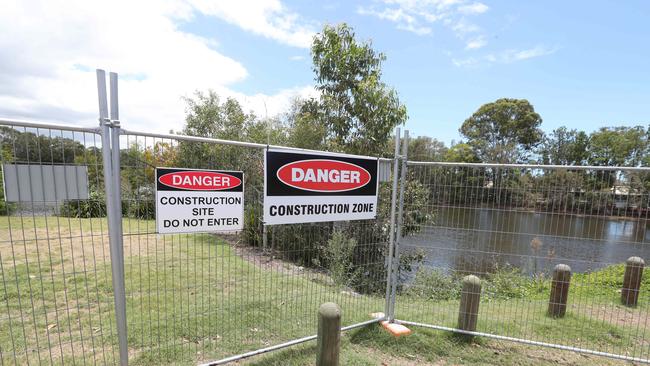
The attached independent scientific testing showed the lake was coping with nutrients caused by run-off from the nearby turf club stables and that 10-year data of the local wildlife bird rescuer had no record of any bird being rescued for toxicity, she added.
“Please ensure you are familiar with the enclosed water analysis,” Ms Spain wrote, urging councillors to change their decision.
Councillor Peter Young, who has supported residents continuing their campaign to fight to keep the lake, recalled the email.
“The issue of toxicity is highly questionable. I and other councillors received the independent testing that showed the lake was coping with the pollutants,” he said.
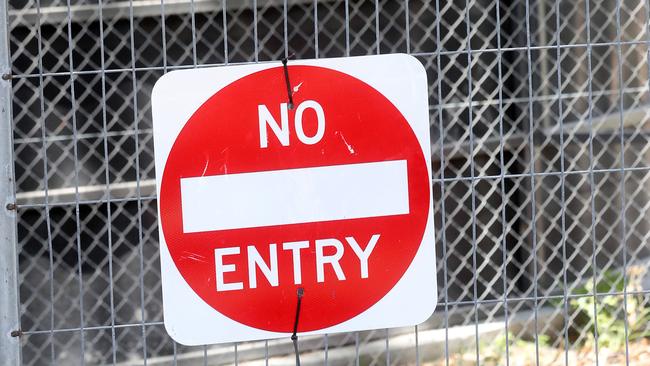
The council yesterday was unable before deadline to provide details of what other water testing had been given to councillors and intends to provide that answer today.
But officers in a report to a council committee on November 3, 2016 indicated no significant change had occurred in the lake’s water quality until two significant rain events in June of that year.
“Prior to these rainfall events, the water remained highly turbid and exceeded State guidelines for water quality parameters such as nitrogen, phosphorous, pH and faecal coliforms,” the council officer’s report said.
The council has used Ecotabs to reduce noxious odours and by October 10 “the water has remained unusually clear”.
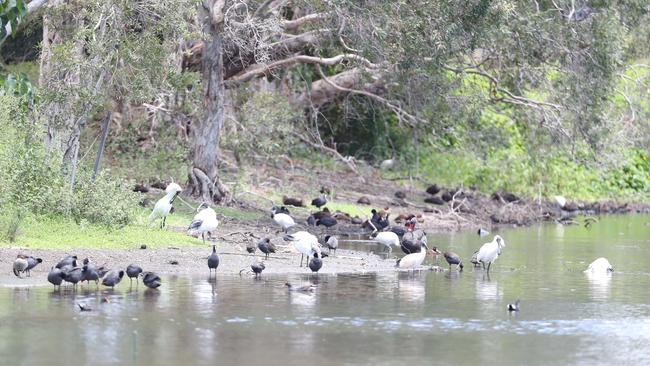
“This suggests that the frequent algal blooms that have plagued the waterbody in the past have not reoccured,” the report said.
“This improved water clarity has also allowed direct observation of the waterbody’s wildlife. Brisbane short-necked turtles, longfin eels, gudgeon, and mosquito fish — an introduced species — are all present in significant numbers.”
The officer confirmed the issue of manure and other stable materials being deposited on public lands remains a longstanding contamination source.
“This is due to the difficulties in identifying the responsible parties,” the report said.
About $53,000 would need to be spent on lake works in 2015-16, between $25,000 and $40,000 for the following year and the likely annual costs after that to average between $12,500 and $18,500.

In an email to landcare providers on November 18 following the decision by councillors to fill in the lake, council chief-of-staff Wayne Moran, on behalf of Mayor Tom Tate, explained the costs of looking after the lake.
“The costs of doing anything are considerable and are estimated to be $25,000 to $40,000 for 2016-17. Ongoing, the costs are approaching $20,000 per year for this 1.6ha parcel of land,” he wrote.
“Also, please note that despite all the water treatments and other rectification activities over the past 12 months, no appreciable improvement in water quality has been recorded.
“And nutrient levels still exceed State Government guidelines.”
